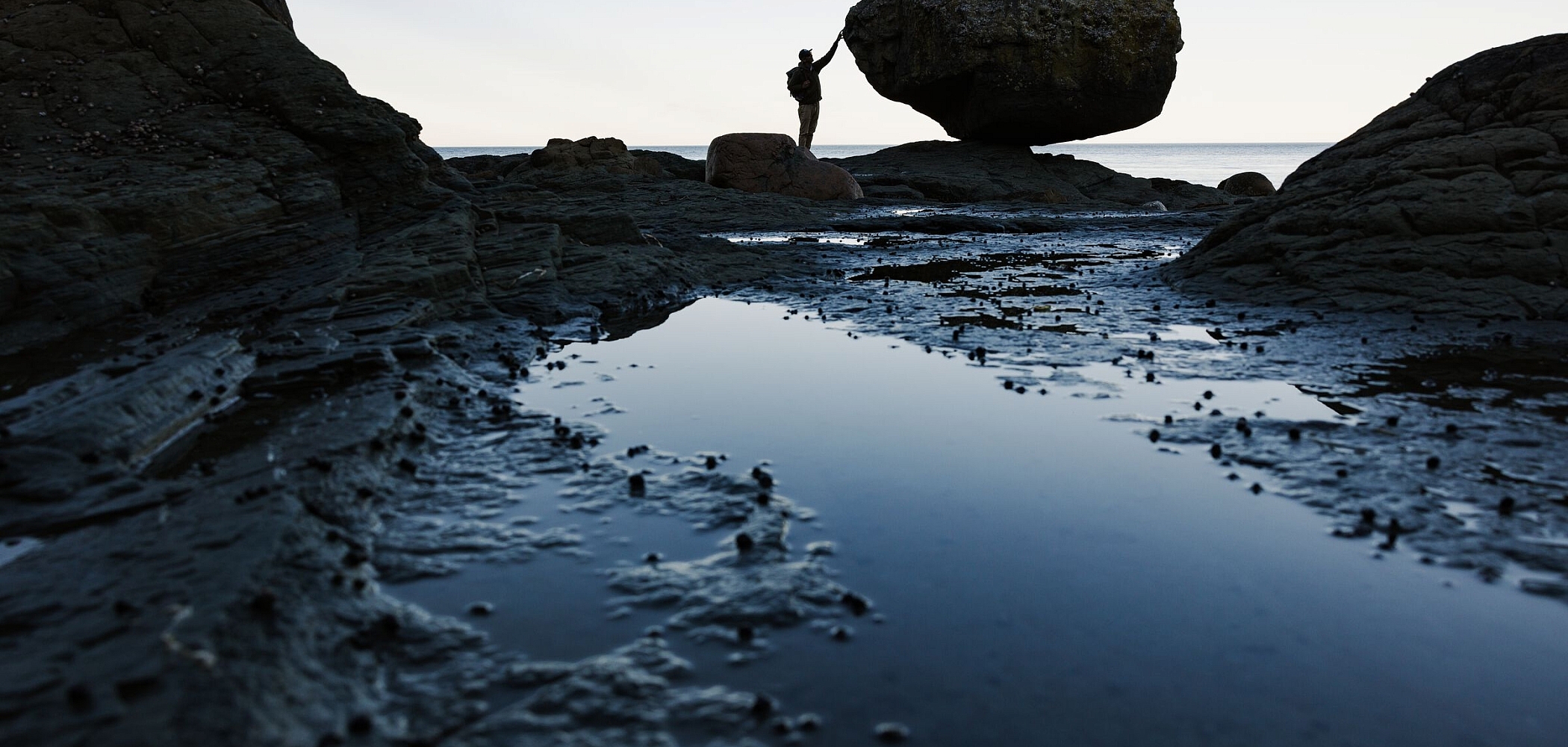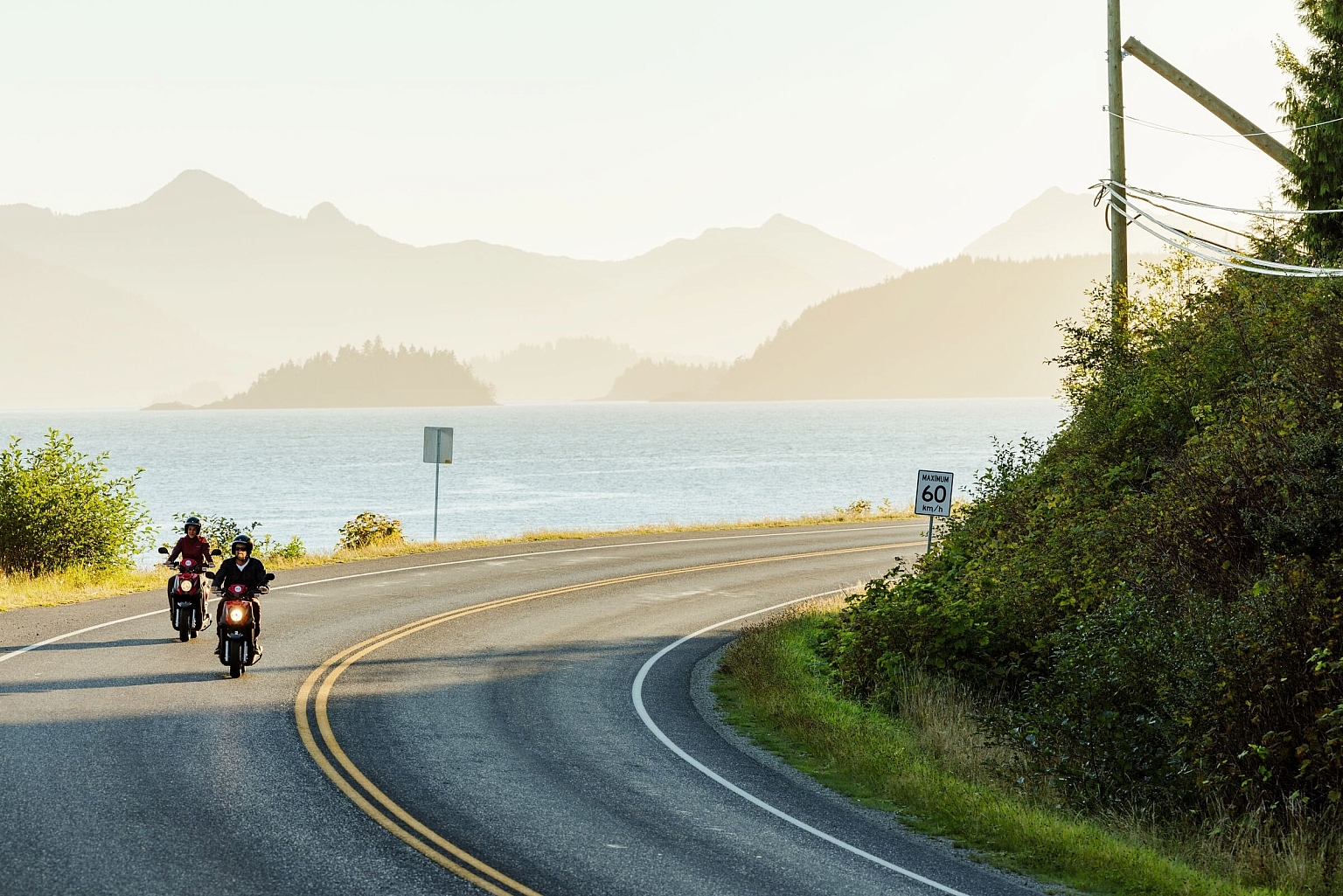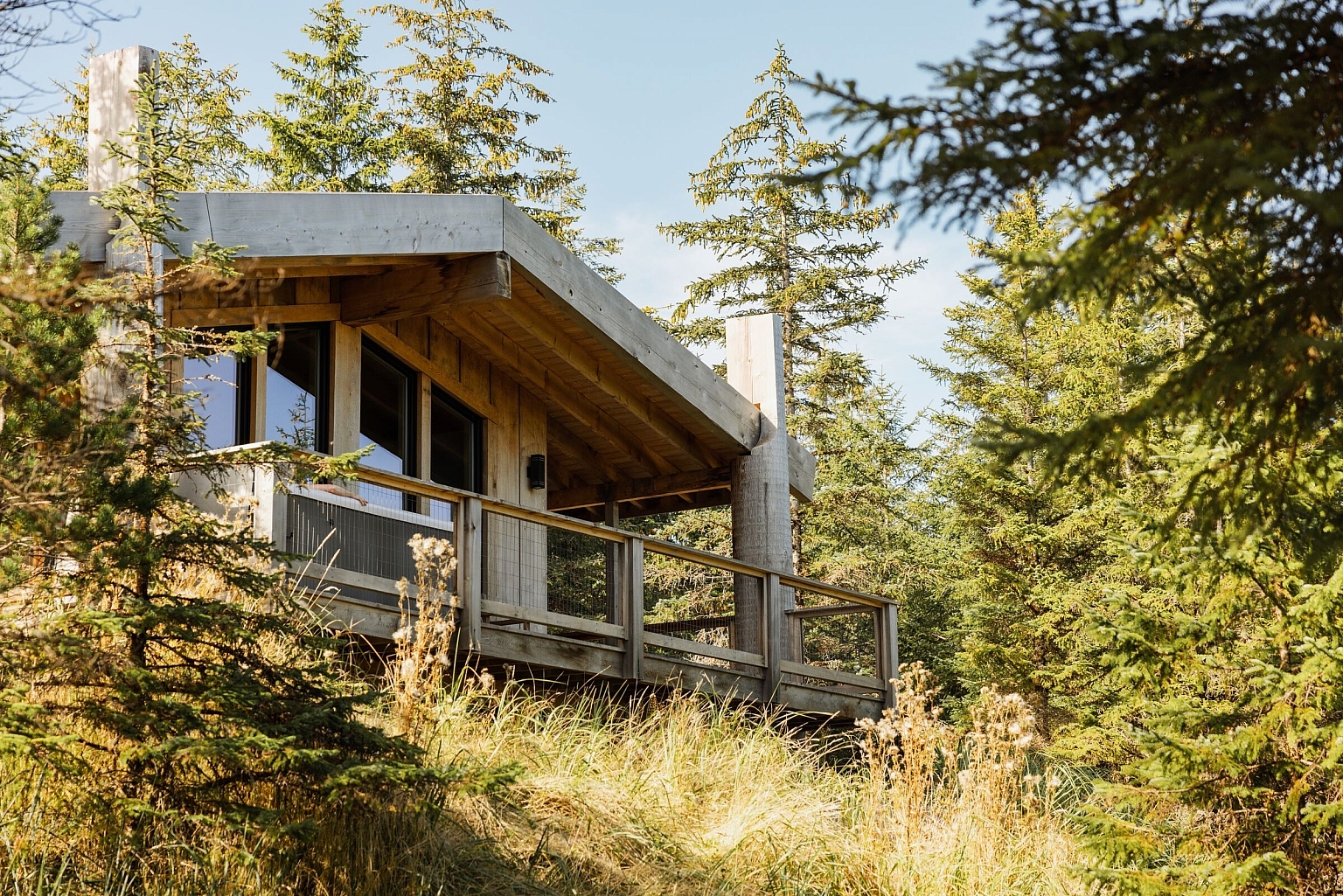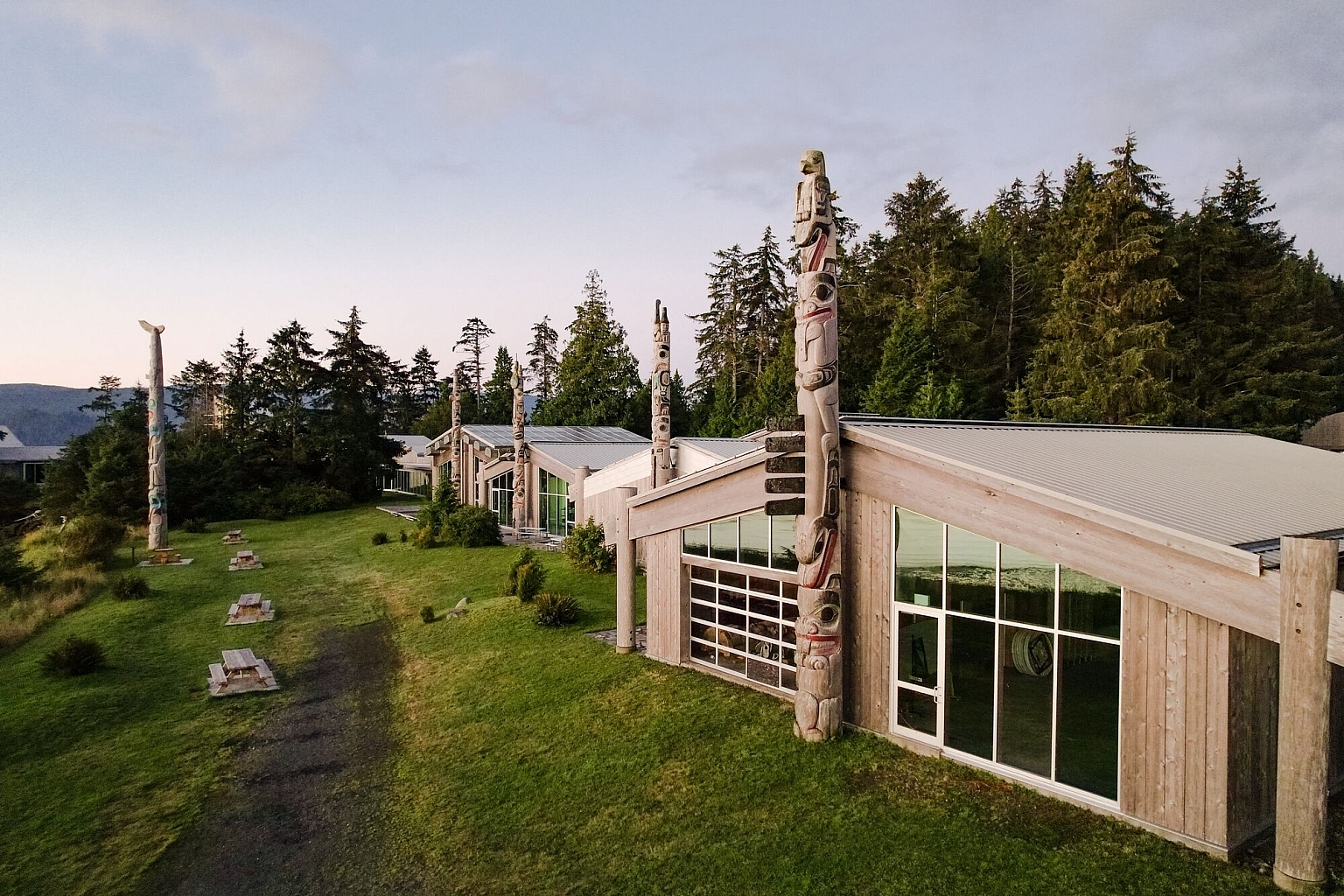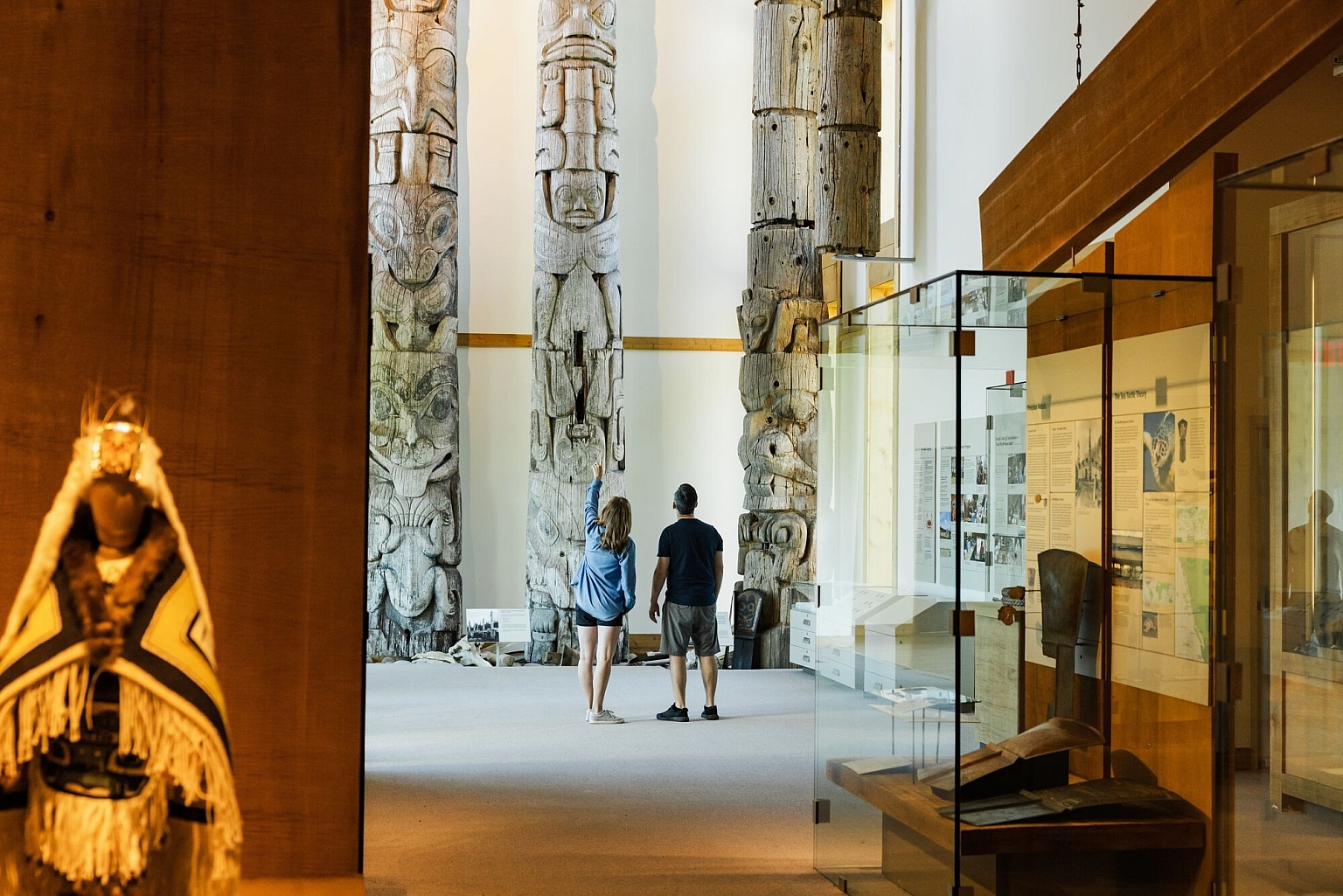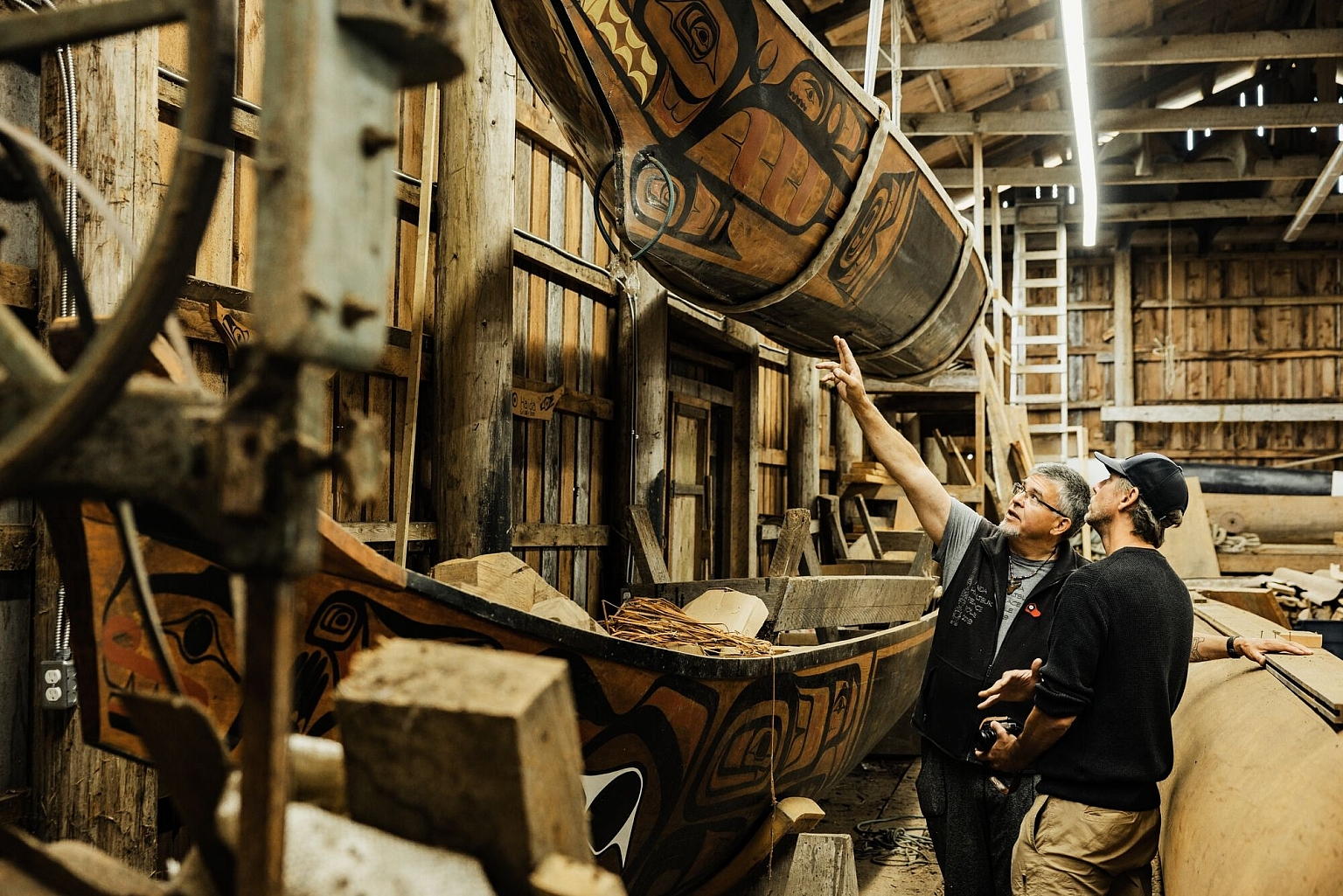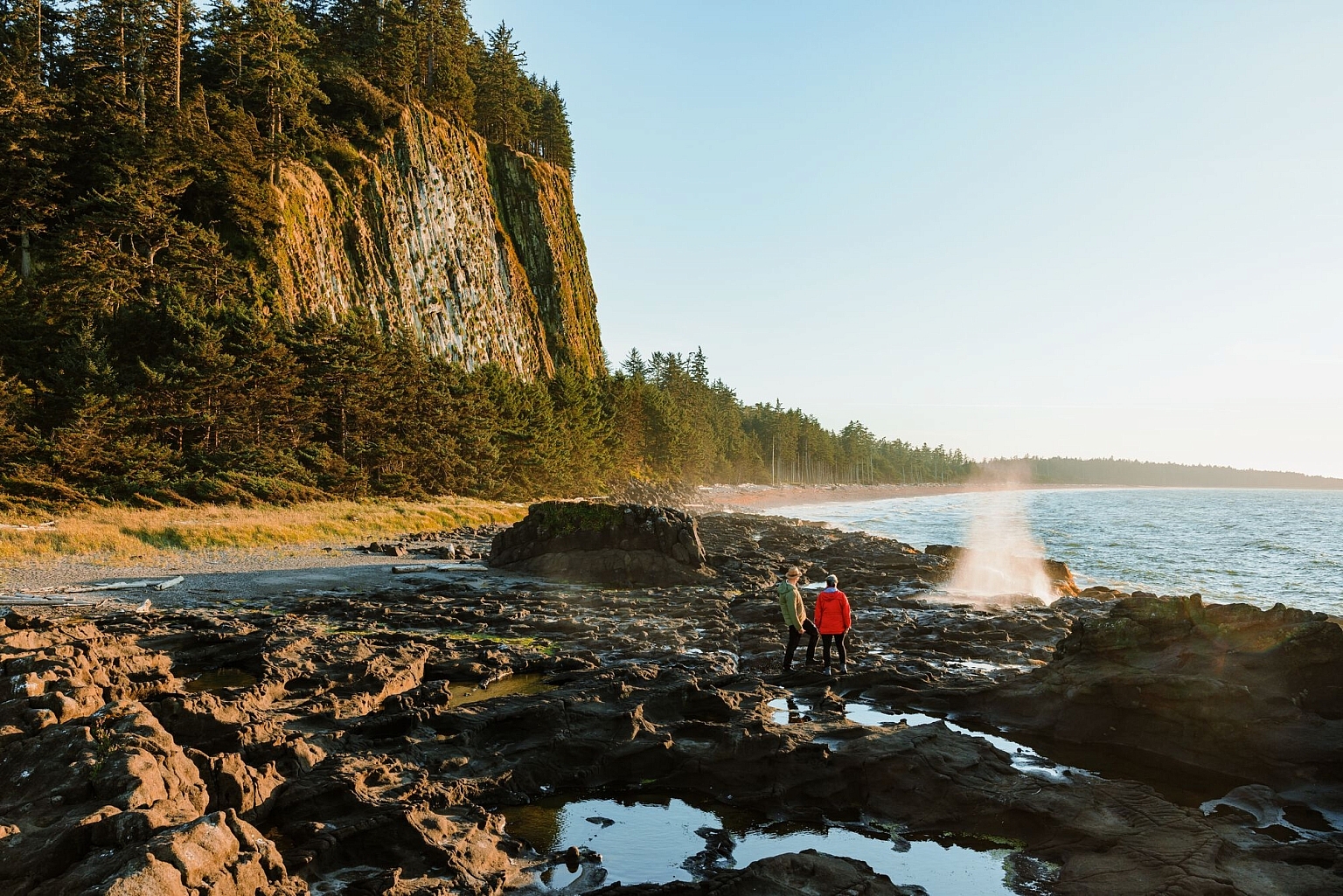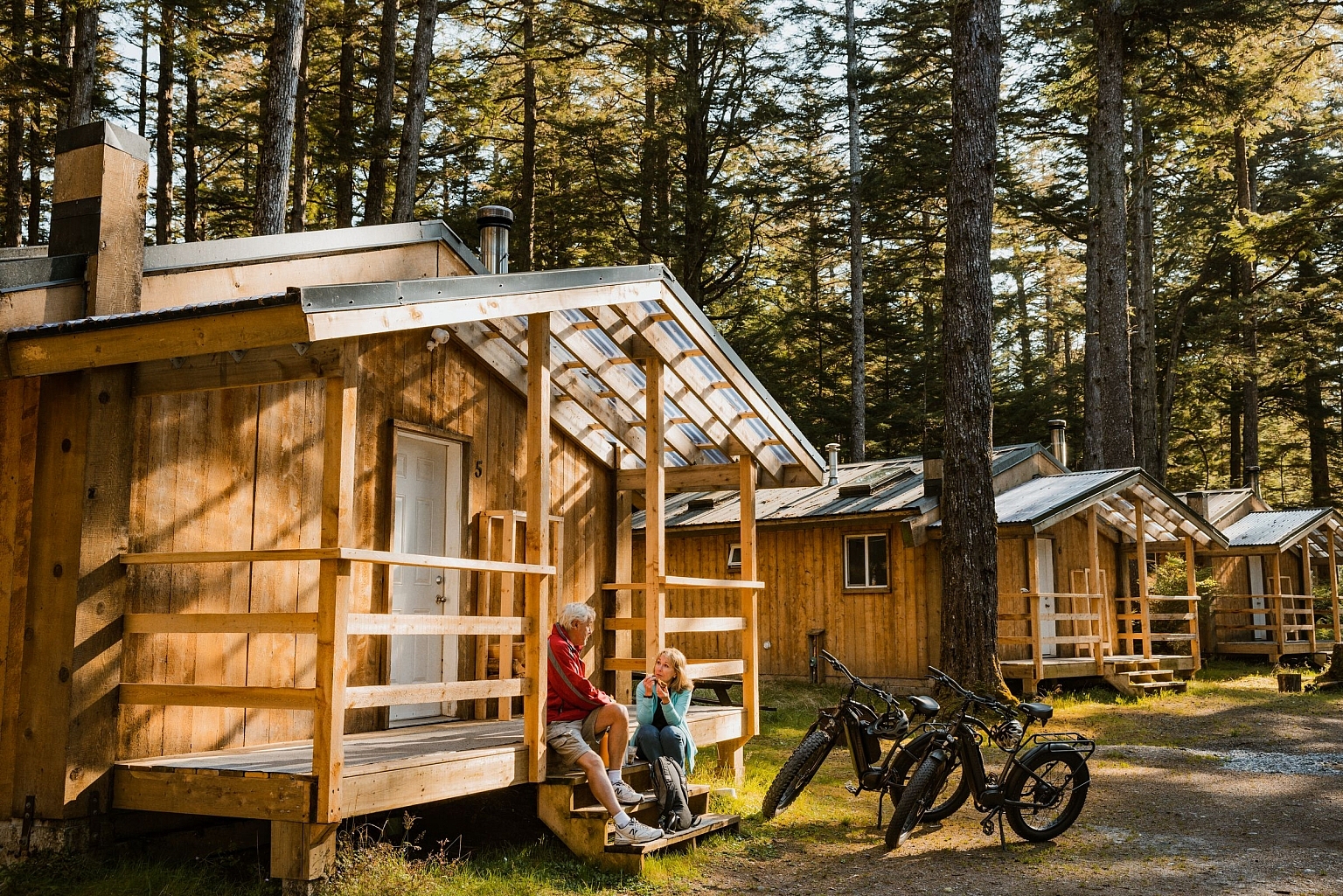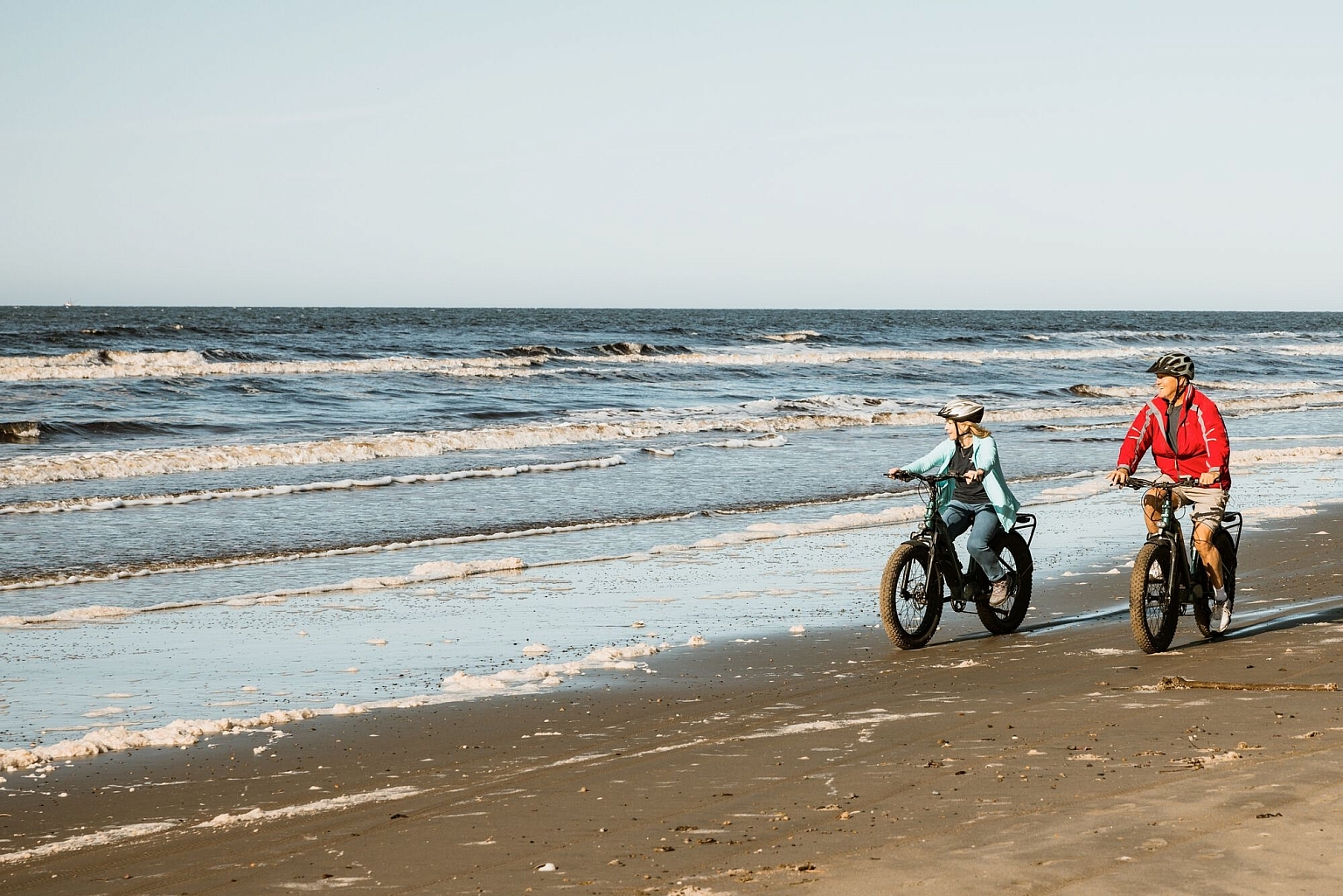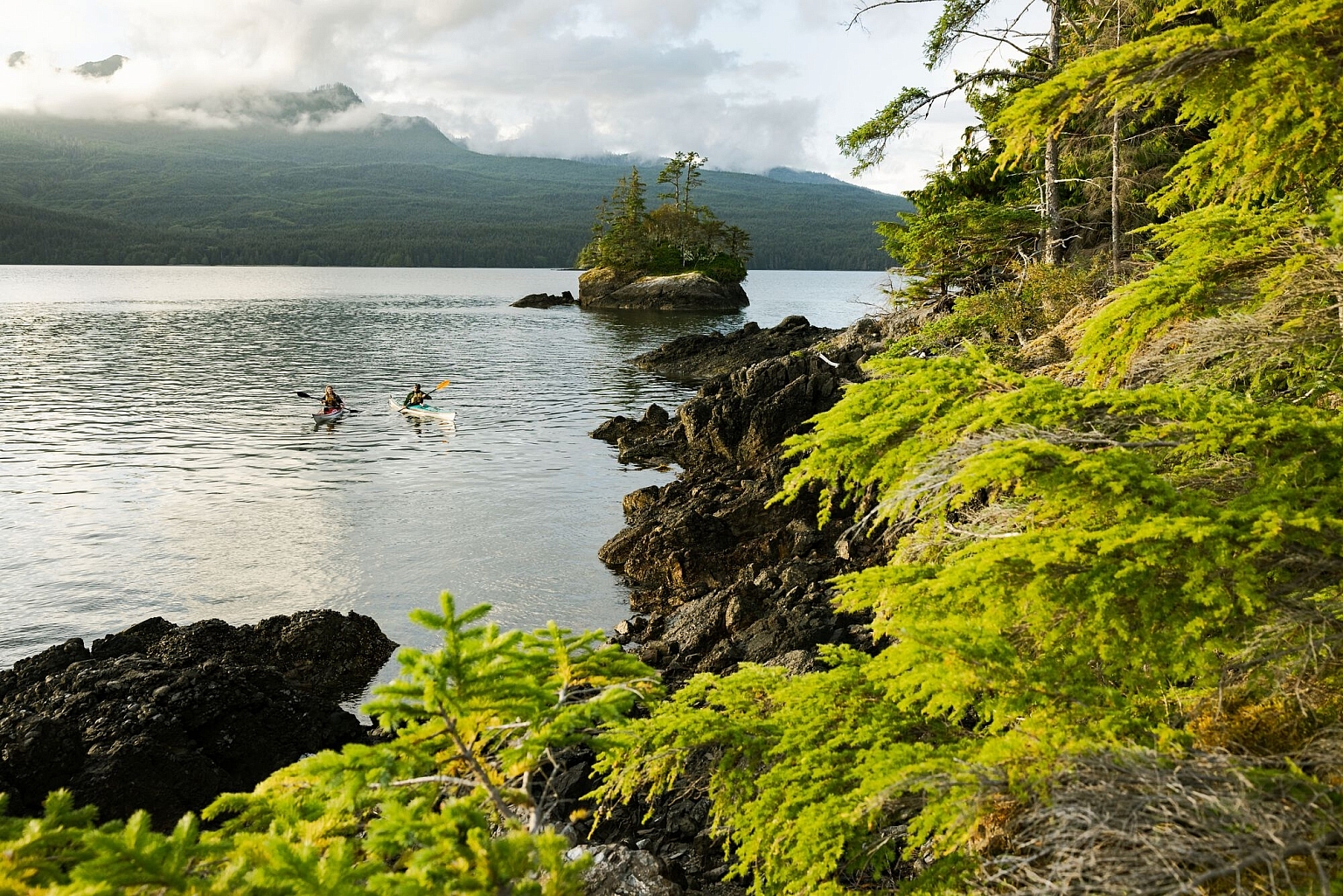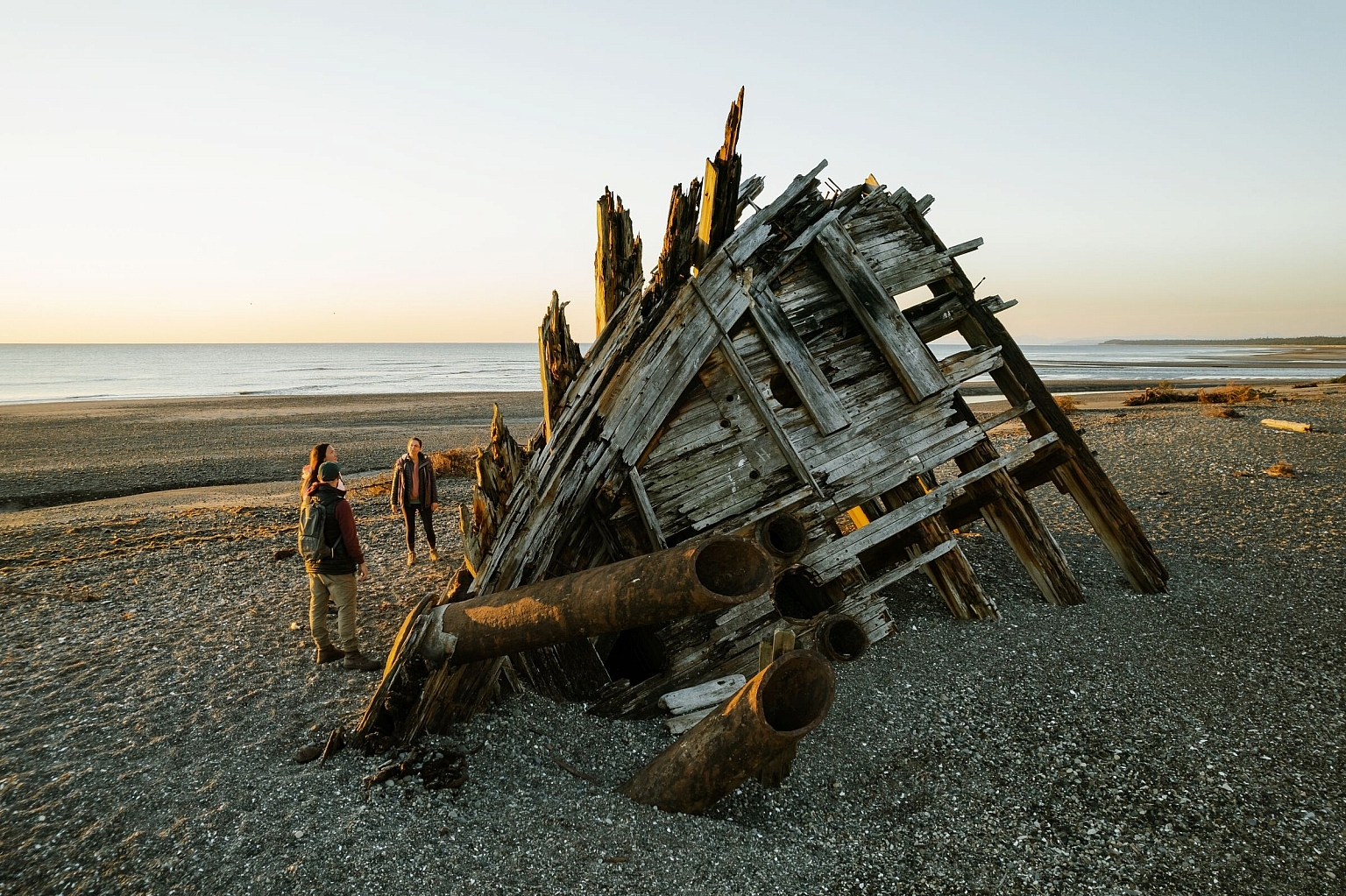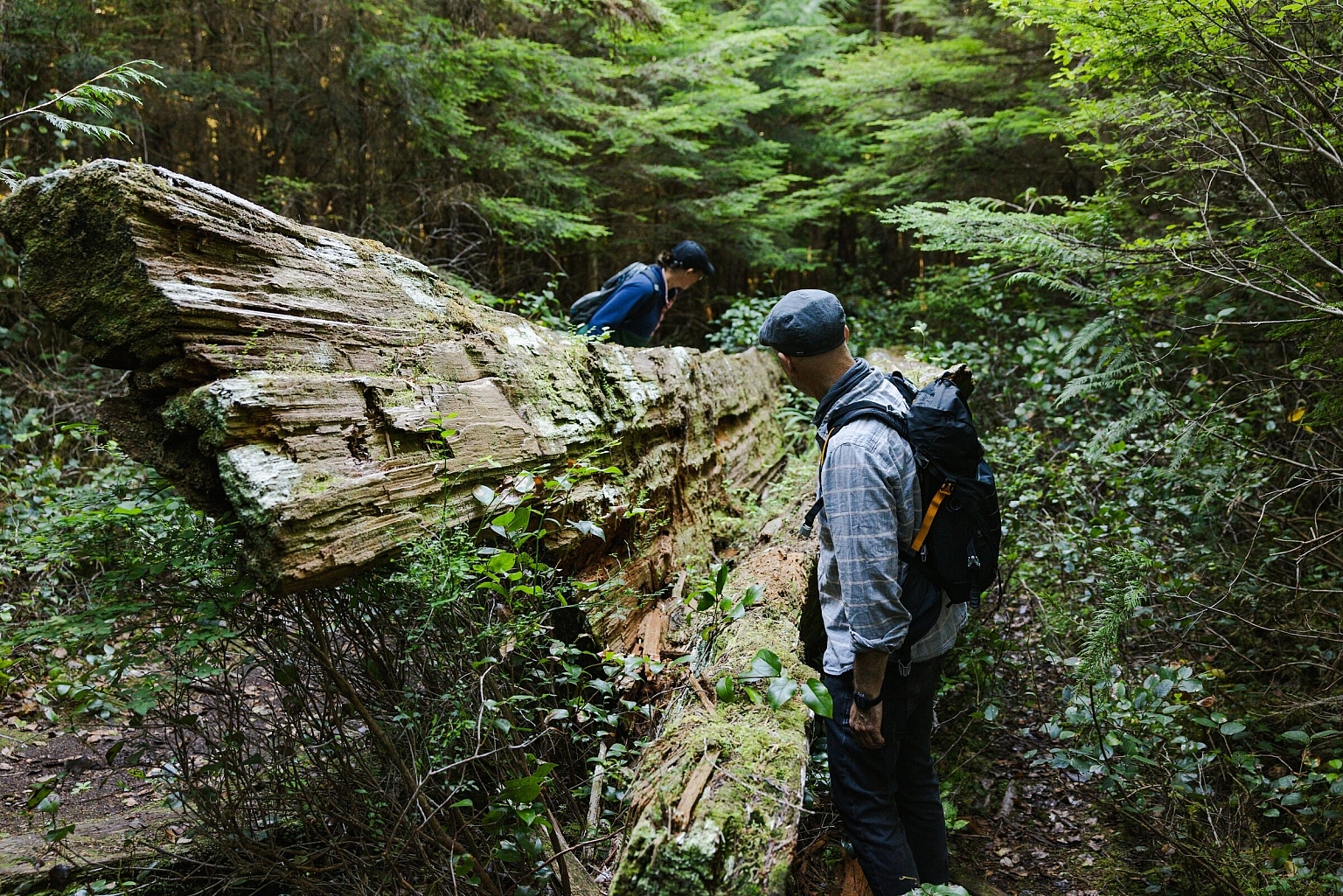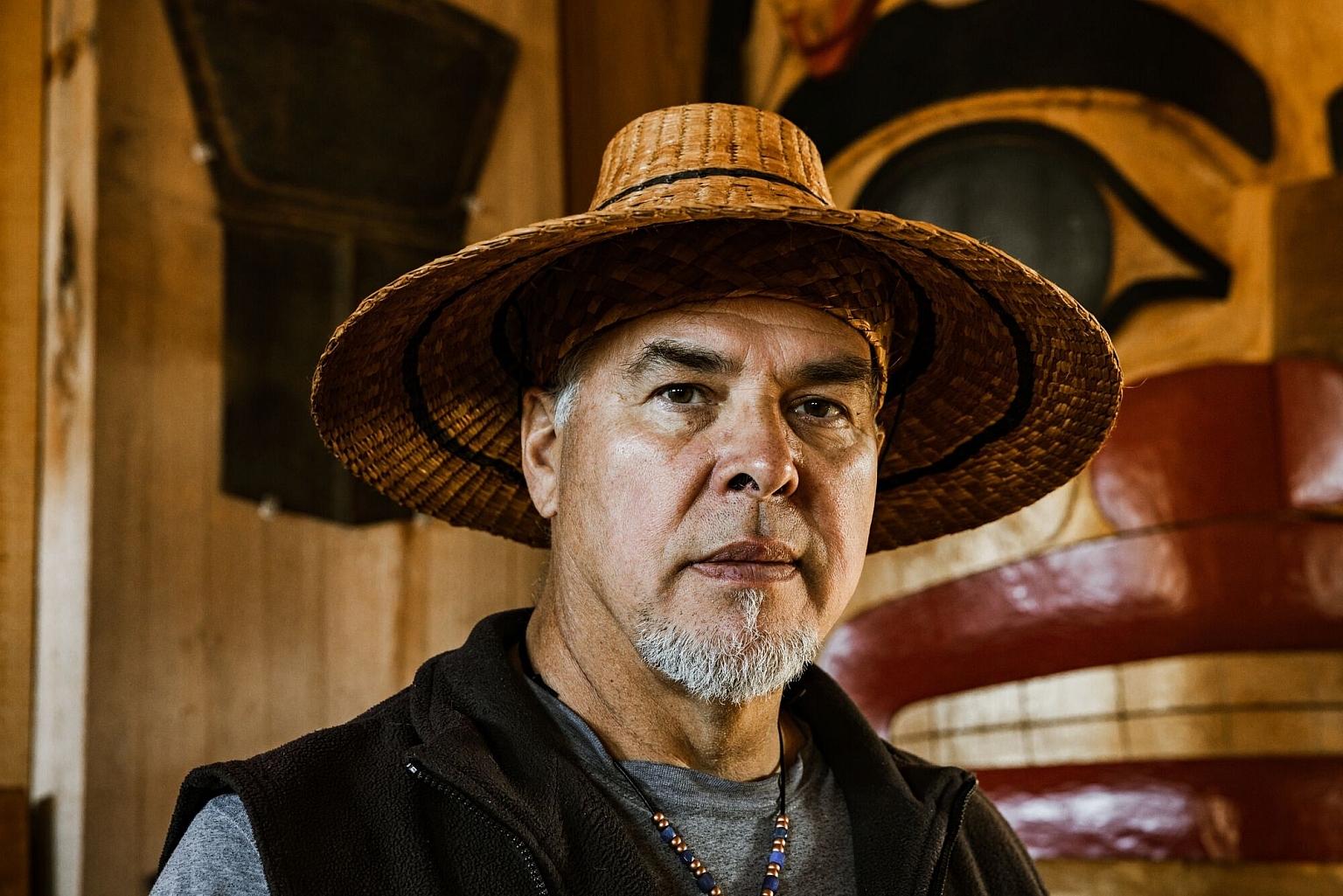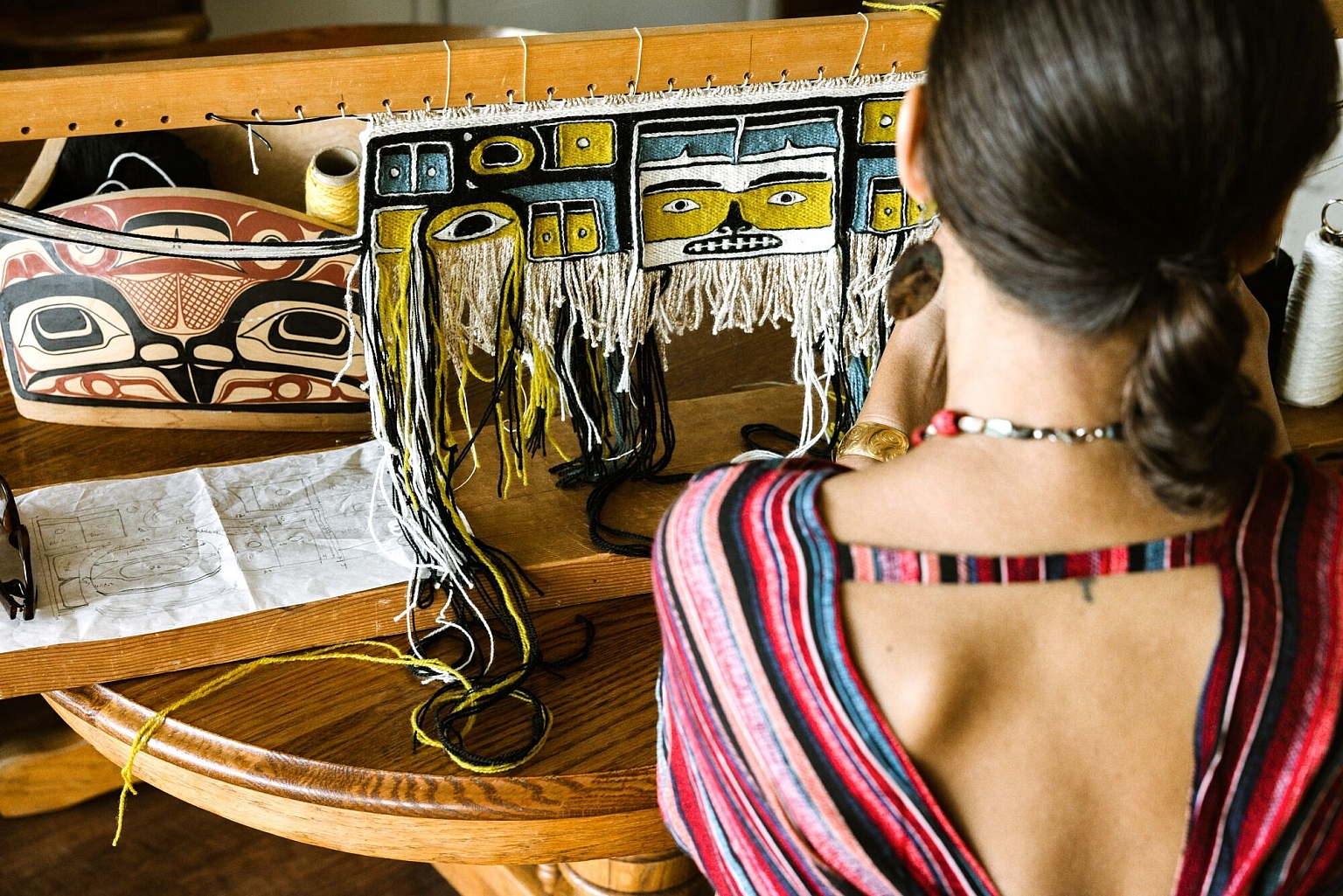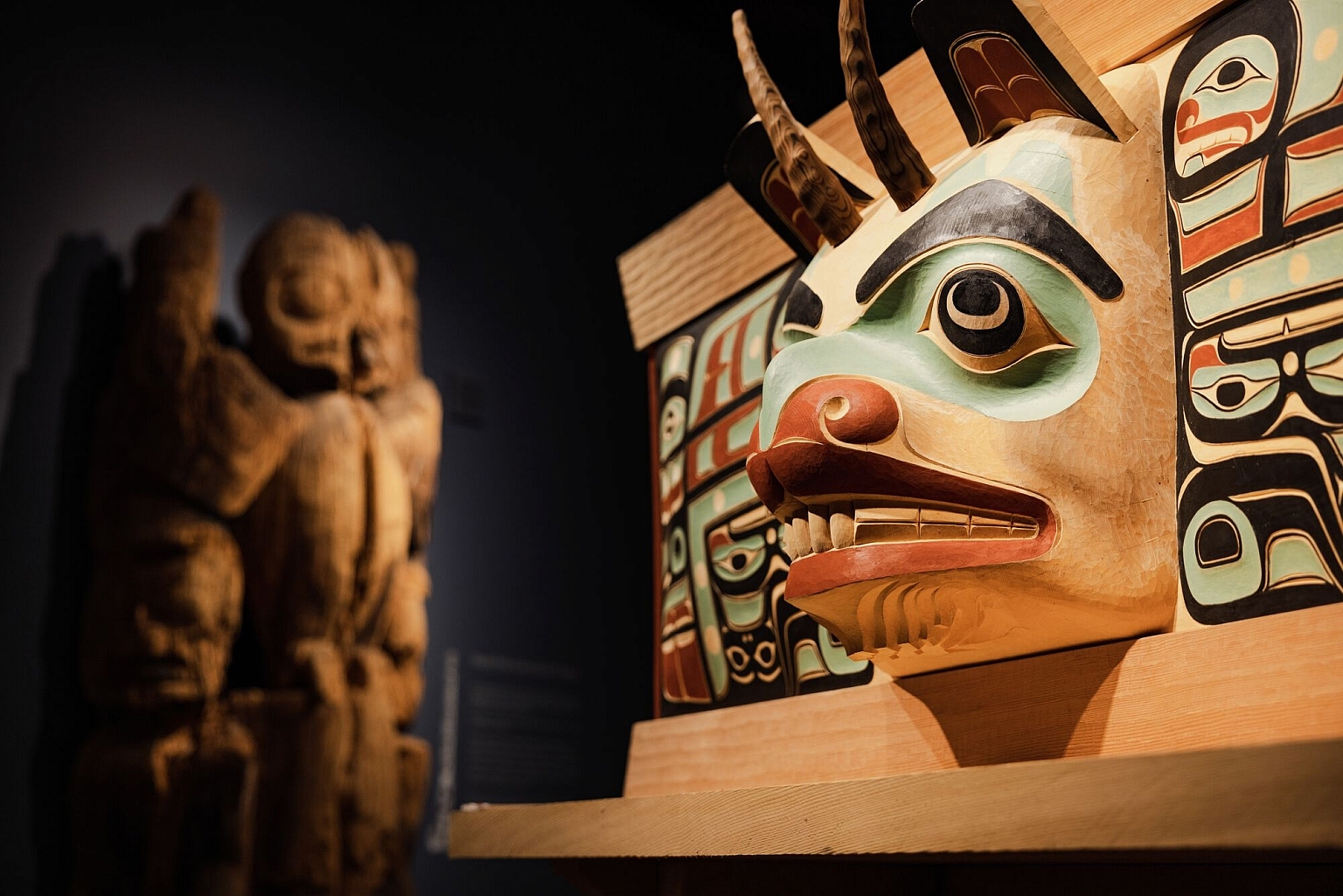A Responsibility to Protect
A day earlier, we’d finished loading our truck with camping gear, cameras, wetsuits, paddleboards, and everything else we’d need for a week and a half of family exploration on the trails and beaches. As we waited to drive onto the ferry, we’d also done something that was new to us—reading and signing the Haida Gwaii Pledge, a statement of respect and responsibility for the place we were visiting.
Haida Knowledge Keepers helped craft the Pledge to encourage travellers to be mindful of how their choices and actions might impact the culture and environment that make this place so profoundly unique.
“Haida citizens carry the inherent right to govern and steward our homeland,” the Pledge explains, “and all people in Haida Territories hold a responsibility to protect this place for future generations.”


